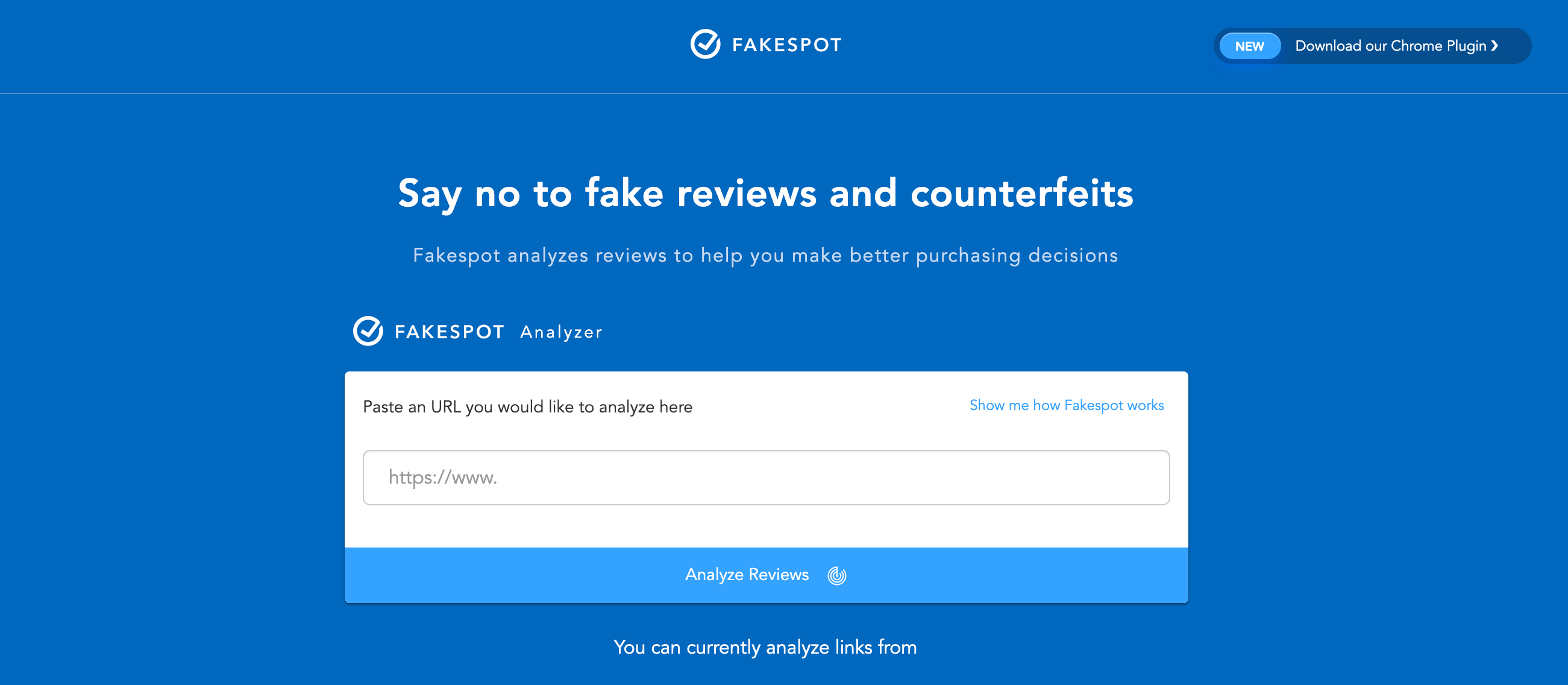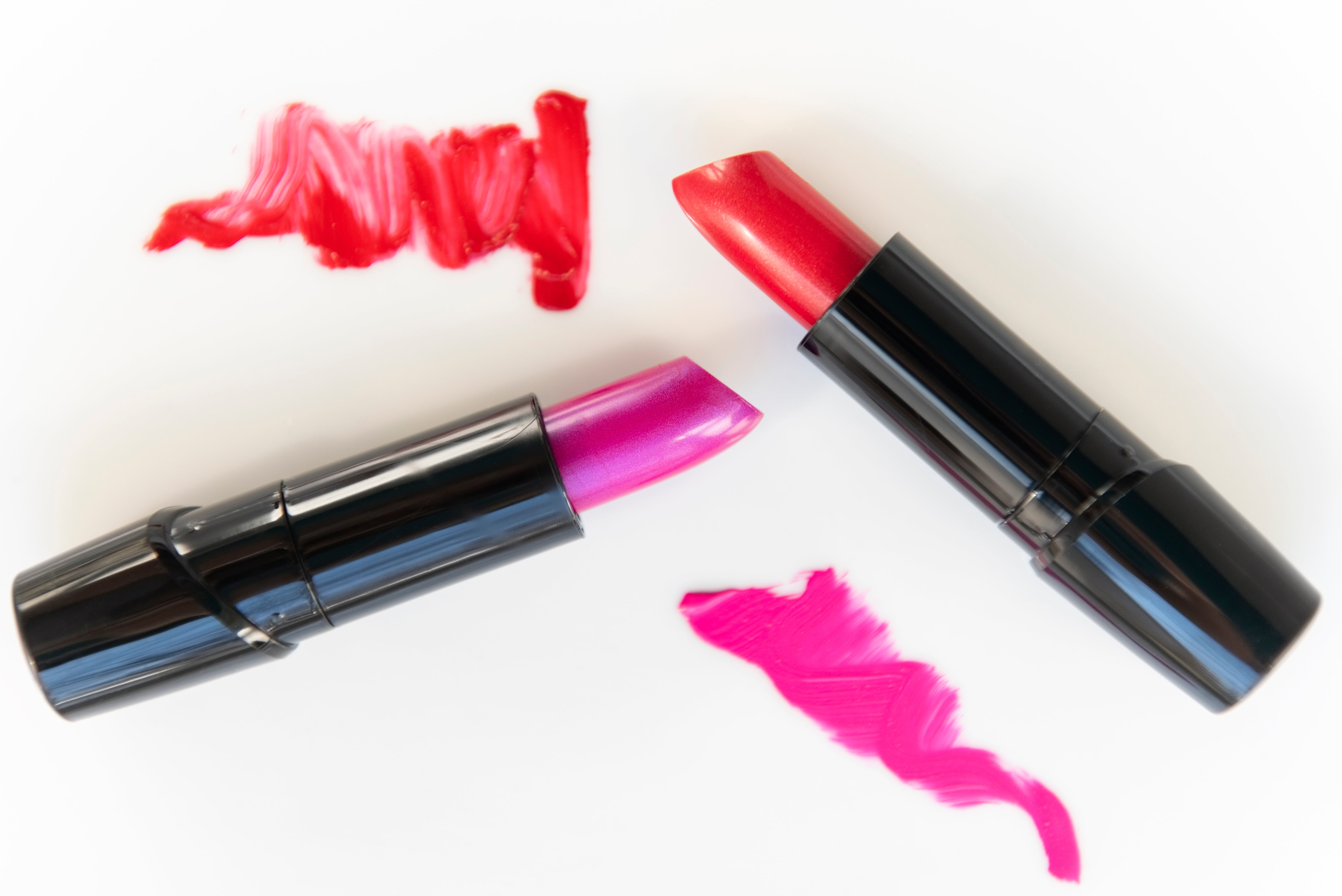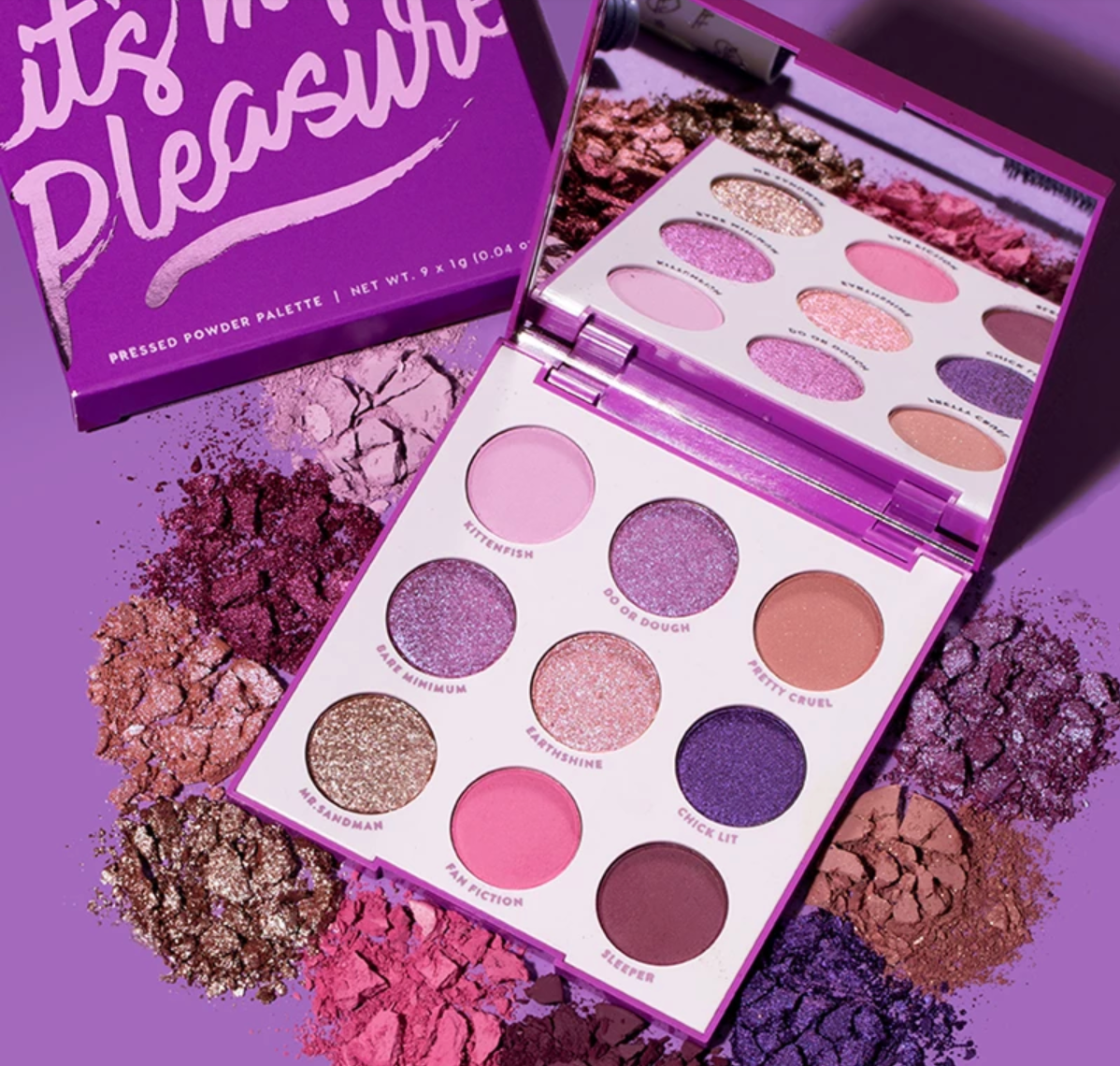I feel a responsibility to start by acknowledging that this episode of Netflix’s docuseries Broken was distinctly lacking in diversity and representation. With the cosmetics industry being more diverse in 2019 (going into 2020) there are several voices that can be lent to such an investigation. But the ones in the “Makeup Mayhem” episode were mostly White.
With that said, the episode is not addressing a problem that plagues only White people. If you’re a beauty lover, a beauty novice, or just an overall consumer looking to purchase cosmetics, you can be affected by the counterfeit cosmetics industry. In this deep dive, the show pulls back the curtain on how the counterfeit makeup industry has grown, and the high price consumers pay in the long run when they get these shoddy goods.
These are the key takeaways that I learned from the show, and also what you need to know to protect yourself from dangerous counterfeits:
Most counterfeit cosmetics are sold online, and regulating those sales is tough.
There are physical destinations such as swap meets, mall kiosks, and street vendors where consumers can purchase counterfeit makeup (downtown LA’s Santee Alley was a popular spot for fakes), but more than 80 percent of the sales are happening in cyberspace.
Marketplace sites like Amazon, eBay, Alibaba, Wish, and Poshmark receive commissions from every sale made, and they typically don’t regulate what’s being sold by their third party vendors. According to the show, more than half of Amazon’s sales are through independent sellers.
“Most users don’t even know that third party sellers happen on Amazon. They think that they’re buying from Amazon themselves,” said Saoud Khalifah, founder and CEO of Fakespot.com, a company that tracks fake reviews online. “You can’t trust anything on the internet. And along with that comes reviews.”

These marketplaces use algorithms that will place products with the most and best reviews at the top of a search. So if you search “nude lipstick” on Amazon, your top results will be the highest ranked amongst customers. So counterfeiters will pay for services that provide fake reviews to bump them into the top spots.
Be judicious about what you’re putting your money behind and be diligent about examining your products if you buy from a third party.
Though you should avoid purchasing cosmetics from untrusted sites, we understand the pull of having the newest, latest, hottest, yet sold out palette. But there’s so little regulation in the making of cosmetics in the United States. Some counterfeits have been reported to contain horse urine, fecal matter, arsenic, lead, talc, staph and other bacteria. They have been reported to cause serious skin issues issues such as boils, cellulitis, pustules, and more.
So while you might only pay half of what you would at Sephora for that lipstick, you’ll pay in other ways, and the cost isn’t worth it. Sometimes counterfeit packaging looks slightly off so be sure to start by examining it. If words are misspelled, or the social media logos are in the wrong colors, don’t use the product. And if the packaging or label on a prestige item seems cheap and is peeling off easily, it may be a fake. If a price seems too good to be true, it likely is.

We have all the power as consumers.
Companies use a tactic called scarcity marketing to create urgency around their products. They create less inventory than the perceived demand, that way products sell out quickly and exclusivity is forged. But if we stop lusting over the products, their power over the market decreases.
Indie brands like ColourPop are working to change the cosmetics industry. They create formulas in the same facility where they complete production, assembly, and direct fulfillment. And makeup is produced in real time in order to keep inventory low. Without the need to house inventory, the brand can keep its costs low, which in turn keeps the consumers’ cost low. The company is still creating quality products, but it does it in a smart way that allows it to respond immediately to a customer’s feedback and needs.
“We really believed that there was an opportunity to do beauty better and we wanted to give it a shot,” said Laura Nelson, who co-founded the brand with her brother John in California in 2014.
So when you log on to get that Killawatt highlighter for half the price, or feel incomplete if you don’t get your hands on that sold out Naked palette, think twice before you go to extremes to get them. You might be getting a flawless beat with a side of pink eye and contact dermatitis.

